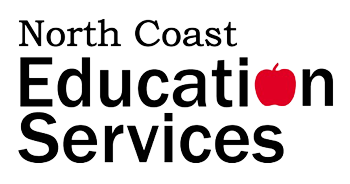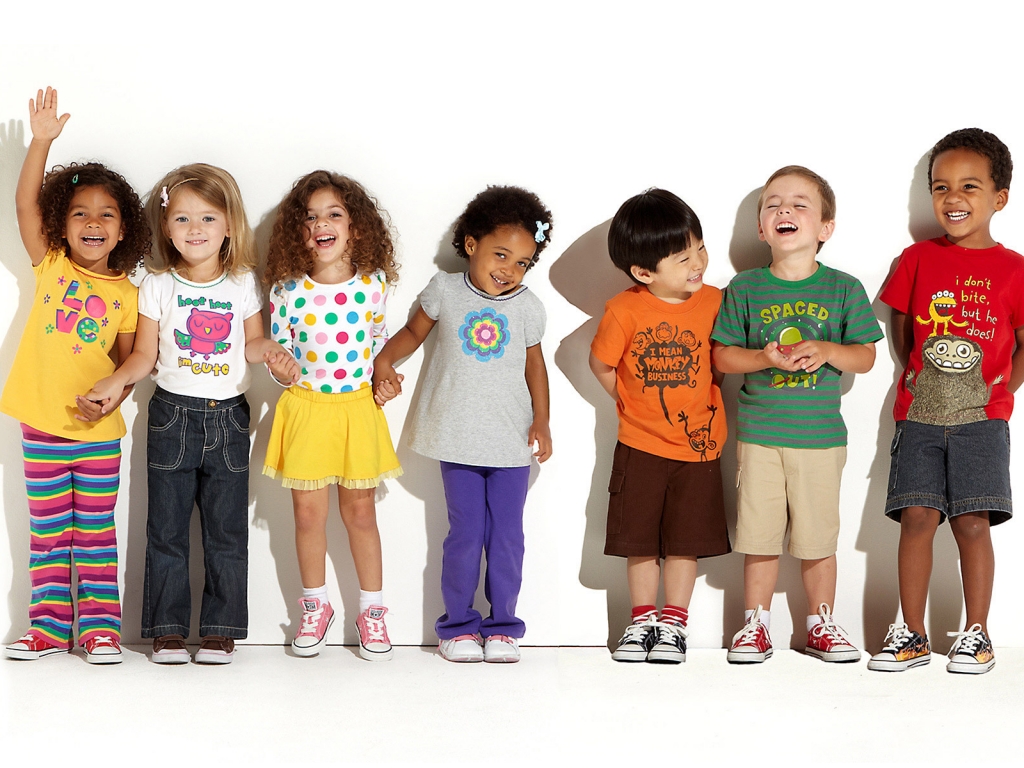Every child in the world is completely unique. No two children learn in exactly the same way. This is especially true for children with learning disabilties — including dyslexia, ADD/ADHD, autism and several others. When it comes to teaching children, there are general things that you should always remember – like the importance of getting down on their level, making eye contact, and speaking in a clear voice. Here are some more tips that could help you have more meaningful interactions with children:
1. Always have a “Plan B.”
In general, children have short attention spans. A good rule of thumb is that the average attention span of a child is equal to their chronological age plus one year. (For example, six-year-old Jenny has about a seven minute attention span.) As you are preparing your lessons for the day, come up with a variety of methods and find extra materials. You never know when Jenny might lose focus on her flashcards, so bring along some manipulatives, too. If you always keep a few ideas in your back pocket, you will always be ready. Don’t be afraid to come up with a Plan C or D. You can never be too prepared!
2. Take Short Breaks.
Along with short attention spans, some children just cannot sit still for too long – especially children with ADD/ADHD. Break up your lessons with short activities to keep your students refreshed and engaged. Something as simple as doing some stretches or getting a drink of water can do wonders. I remember singing camp “repeat after me” songs with my first graders in between subjects. When I used to teach drama to my preschoolers, I was always prepared for a field trip to the water fountain and a few minutes of “freeze dance.”
3. Try a Multi-Sensory Approach.
As I mentioned earlier, it is a widely known fact that no two people learn in the same way. Children, especially, need variety in their learning experience. You will quickly discover how some children respond to some methods more than others.
The average number of students I had in my preschool drama class was sixteen. Most sessions, I had at least one child with a behavioral problem. Even with the help of my assistant, it was expected that my kids would lose focus multiple times in the hour-long class. With my assistant’s help, we came up with a variety of tactics for helping regain their focus.
Not only would I tell them the directions, I would repeat them multiple times. I would sing the directions. I would act out the right and wrong ways to perform actions and have them correct me. We came up with clapping and snapping rhythms. I would let the quietest person go first for some activities, touching them on their shoulder as a way to signal “good job.”
4. Stay Positive!
Above all, make sure to maintain a positive attitude. I cannot stress this enough. Children are always observing us and can pick up on the slightest things. If you are uncomfortable, even a non-responsive child will be able to pick up your cues. Never make assumptions and portray yourself and the situation in a positive light. A pleasant person with a genuine smile can make a wonderful, lasting impression.
These are just a few simple ideas of how to interact with children, including those with learning differences. The bottom line to remember is that every child is different. Techniques that are helpful for some may not be for others. Take the time to get to know each child. With some trial and error, you will soon discover what works best.
Do you have any other tips that you have seen or used yourself? Reply in the comments. Let’s spread the knowledge!



